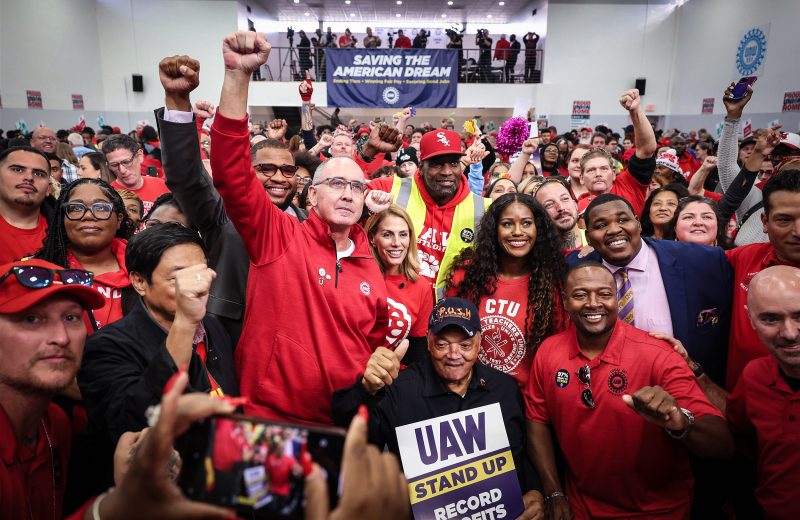On Friday, October 25, the United Auto Workers (UAW) and Ford Motor Company (Ford) have reached a tentative framework agreement that could soon end the 20-day strike which had idled nearly 50,000 workers across plants in the U.S. This tentative agreement between the two parties, reportedly worth over $60 billion and 8-year agreement, comes as a sign of relief for the manufacturing industry in the United States.
The recent strike led to weekly losses of around $1 billion and directly affected the production of the Big Three automakers (Ford, Fiat Chrysler Automobiles and General Motors). While no details of the framework agreement has been released, it is expected to address issues such as wages, job security, profit sharing and signing bonuses. The tentative agreement, which still needs to be approved by the union members, promises to bring a much-needed reprieve to the automotive industry.
UAW President, Gary Jones said that the agreement represents a major step forward and a substantial investment in Ford workers and the communities in which they work. Additionally, Bill Dirksen, the UAW’s lead negotiator for the Ford deal, said the agreement was a “transformative document and the most advanced agreement that we have established at any of the Big Three”.
This agreement seems like a win-win situation for both the UAW and Ford. For the UAW, this agreement is expected to help protect and expand their memberships. For Ford, the estimated cost of the agreement could be up to 2% of its market capitalization, which is much less than the losses it had to incur due to the lengthy strike.
With the tentative agreement between the two parties comes a sense of optimism for the entire manufacturing industry. The consistent economic growth of the automobile industry has been one of the main drivers of the growth in the overall economy. Thus, the resolution of the dispute between Ford and the UAW has been welcomed by economists as it positively contributes to the growth in the industry.






























